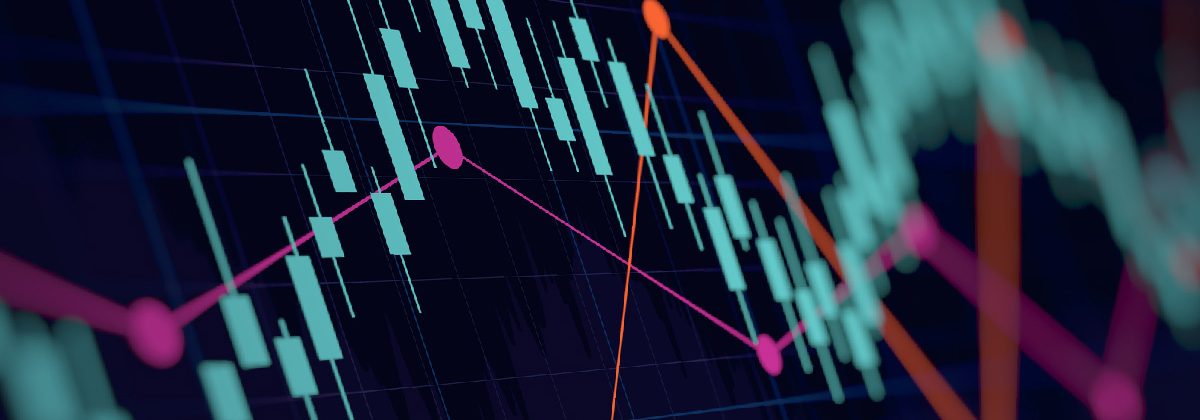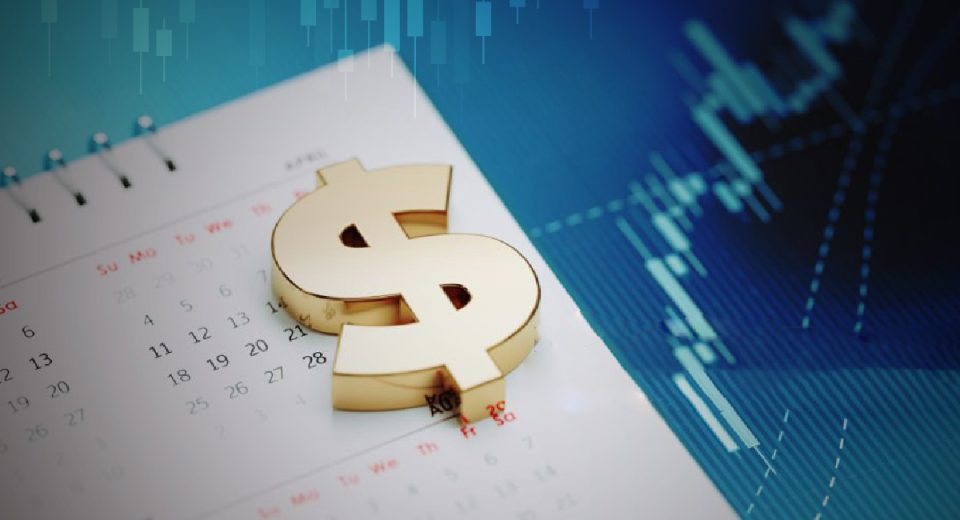How the VIX Helps Traders Navigate Market Uncertainties

Volatility is an undeniable reality of the financial markets. While it increases risk, it also presents multiple trading opportunities for those who know how to navigate sudden market moves. A popular way to predict future market volatility is the VIX. Launched in 1193 by the Chicago Board of Options Exchange (CBOE), the Volatility Index (VIX) measures the level of fluctuations in the S&P 500. Did you know the VIX is also called the “fear index”? This is because it reflects market sentiment or concerns regarding impending volatility.
For instance, President Trump announced sweeping tariffs on more than 57 countries with higher tariffs on Chinese imports on the weekend of April 5, 2025. When the markets opened on Monday, April 7, the VIX surged to 60, its highest since the August 2024 market downturn.
What the VIX Measures and How
The CBOE Volatility Index reflects the level to which investors expect the S&P 500 to fluctuate over the next 30 days. That means VIX is a leading indicator of market moves rather than being a measure of existing volatility. Theoretically, the value of the fear index can range from 1 to 100 but it is more common to see a range of 15 to 35. The value is calculated by analysing the prices of S&P 500 options to estimate the implied volatility of the market. The higher the price of options, the higher the perceived risk of market fluctuations.
What the VIX Values Indicate
0-15: This is considered to indicate market optimism with very low volatility.
15-25: This range signals some volatility, although not extreme.
25-30: This indicates expectations of increased market turbulence.
30 and over: This reflects expectations of high volatility with potentially extreme swings.
VIX values higher than 30 are considered signals of high volatility and increased market uncertainty. The volatility index recorded an all-time high of 85.47 in March 2020, triggered by the initial market crash during the Covid-19 pandemic.
How to Trade the VIX
The VIX shares a strong negative correlation with the stock market, meaning that when the VIX rises, the S&P 500 or overall stock market tends to decline. This makes them a popular way to hedge or diversify to manage market risks. For instance, if you take a long position on a specific stock or the S&P 500 because you expect the stock market to rally, you could open a short position on the VIX to protect yourself against an unexpected downturn. If your speculation for a rally pans out, your smaller hedge on the VIX will not make a huge dent in your profits. If the market moves against your speculation, your VIX hedge will limit the losses on your long position.
The CBOE Volatility Index is primarily traded via exchange-traded funds (ETFs) and exchange-traded notes (ETNs) that reflect the performance of the index. The most popular way of trading VIX ETFs and ETNs is through derivative instruments, such as Contracts for Difference (CFDs). By trading CFDs, you agree to exchange the price difference in the chosen asset from the time you open a position to when the position is closed. Since CFDs are traded on leverage, choosing your leverage ratio and applying appropriate risk management measures are crucial.
Traders often take a long position on the VIX when they expect market instability or higher fluctuations. This allows them to wait out the uncertainties before making another trade. So, if your analysis suggests that the S&P 500 is likely to witness a sharp decline or face high volatility in the near future, you could open a buy position on the VIX. This will help you ride out the fluctuations and close the position once the S&P 500 stablises or moves upwards.
Similarly, if you expect the S&P 500 to rally, you could open a short position on the fear index. This is a popular move during periods of low interest rates, when the economy grows and market volatility is low. This combination of economic growth and low volatility usually leads to a rise in the share prices of the S&P 500’s constituent stocks. During this time, experienced traders wait for the VIX to decline further to close their position in an attempt to earn a profit.
VIX Trading Strategies
The two popular strategies for trading market volatility are the volatility breakout strategy and the mean reversion strategy. Here’s a more detailed look at the two.
Volatility Breakout Trading Strategy
The basic premise of a breakout strategy is that if the price of an asset breaks through a major support or resistance level, the price is likely to continue moving in that direction. For this, the first step is to identify the critical support and resistance levels. Moving Averages, Moving Average Convergence Divergence (MACD) and the Relative Strength Index (RSI) are popular technical indicators used to determine the strength of a breakout. Once a breakout is determined, traders tend to open a position in the direction of the breakout. Don’t forget to use risk management measures like stop-loss orders to protect your positions against false breakouts.
Mean Reversion Trading Strategy
This strategy assumes that asset prices will revert to their historical average over time. This means that after an asset’s price deviates significantly from its average (either going up or down), it will move back towards the mean in due course. Traders usually open buy positions on assets that are currently undervalued (below their average) and sell positions on overvalued assets (above their average). The commonly used indicators for this trading strategy include moving averages, Bollinger Bands, and RSI.
To Sum Up
- The CBOE Volatility Index (VIX) measures the level of fluctuations in the S&P 500.
- Also known as the fear index, it reflects market concerns regarding impending volatility.
- A VIX value of below 15 indicates low volatility, while a value of above 30 indicates high volatility.
- Traders popularly trade the VIX via CFDs on ETFs and ETNs linked to the index.
- Traders usually open a long position when they expect market volatility to rise and a short position when they expect volatility to decline.
- Volatility Breakout and Mean Reversion are popular trading strategies for the volatility index.
Disclaimer:
All data, information and materials are published and provided “as is” solely for informational purposes only, and is not intended nor should be considered, in any way, as investment advice, recommendations, and/or suggestions for performing any actions with financial instruments. The information and opinions presented do not take into account any particular individual’s investment objectives, financial situation or needs, and hence does not constitute as an advice or a recommendation with respect to any investment product. All investors should seek advice from certified financial advisors based on their unique situation before making any investment decisions in accordance to their personal risk appetite. Blackwell Global endeavours to ensure that the information provided is complete and correct, but make no representation as to the actuality, accuracy or completeness of the information. Information, data and opinions may change without notice and Blackwell Global is not obliged to update on the changes. The opinions and views expressed are solely those of the authors and analysts and do not necessarily represent that of Blackwell Global or its management, shareholders, and affiliates. Any projections or views of the market provided may not prove to be accurate. Past performance is not necessarily an indicative of future performance. Blackwell Global assumes no liability for any loss arising directly or indirectly from use of or reliance on such information here in contained. Reproduction of this information, in whole or in part, is not permitted.




